
Lower Grades (Grades 1-5)
Imagination and exploration guide our curriculum, which ignites a love of learning while building confidence and the discipline for hard work.
From Wonder to Wisdom
As children develop an appreciation for the beauty of the world, a devoted class teacher guides the class through a daily two-hour morning lesson, a crosscurricular unit of study, where stories, form-drawing, nature study, mathematics, and myths and history intertwine with music, painting, movement, and outdoor work turning curiosity into solid skills, confidence, and a lifelong love of learning.
With an emphasis on rhythm, connection, and hands-on experience, the lower school years build a strong foundation in literacy, numeracy, and expression, while also nurturing social development and a deep sense of belonging within the class community.
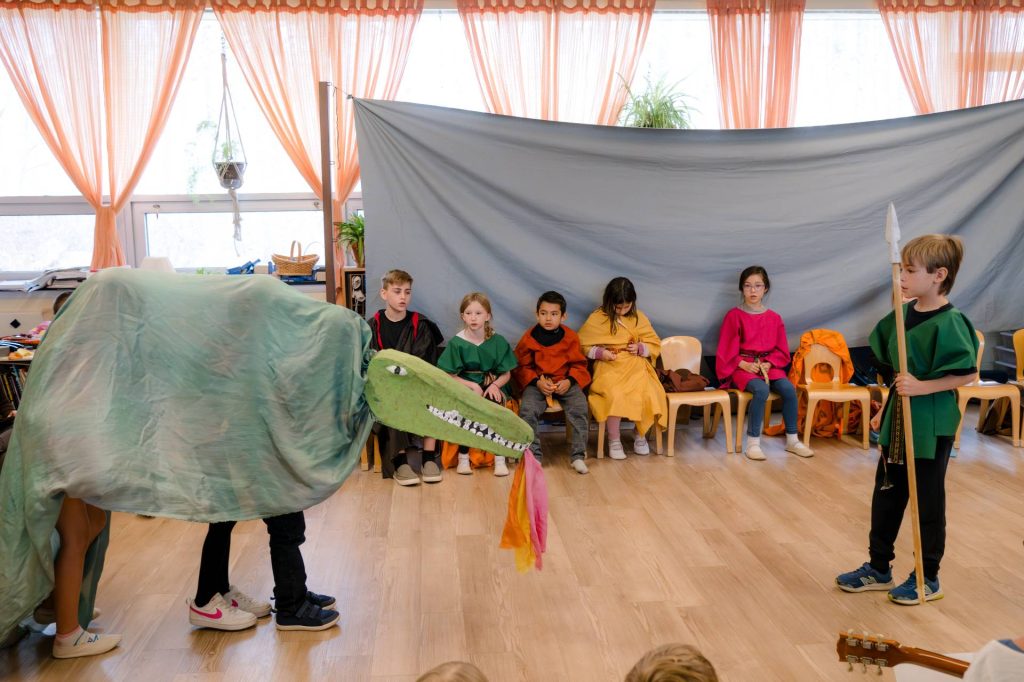
Whole-Child Approach (Grades 1-5)
- One teacher, many years: The class teacher follows a classroom community of students through the grades developing trust and meaningful relationships, allowing the teacher to meet each child where they are and help them take the next steps on their learning journey.
- Immersive Study: Two-hour, multi-week blocks of study weave art, movement, and academics together in an intentional way that develops deep understanding of the content.
- Developmentally aligned stories & projects: Themes of fairy tales, fables, farming, and myths meet the inner questions of each stage of development and spark wonder.
- Hands-on, outdoor learning: Gardening, nature study, and practical activities build problem-solving skills, independence, and a love for the Earth.
- Student-created lesson books: Students take ownership of their learning, using writing and drawing to demonstrate what they have learned. These student produced books cultivate literacy, artistry, and pride in their abilities. Learning over the course of blocks of study and the year create a portfolio of student learning.
- Movement-rich math & language arts: Songs, clapping games, movement, and body integration practice helps solidify skills and greater retention.
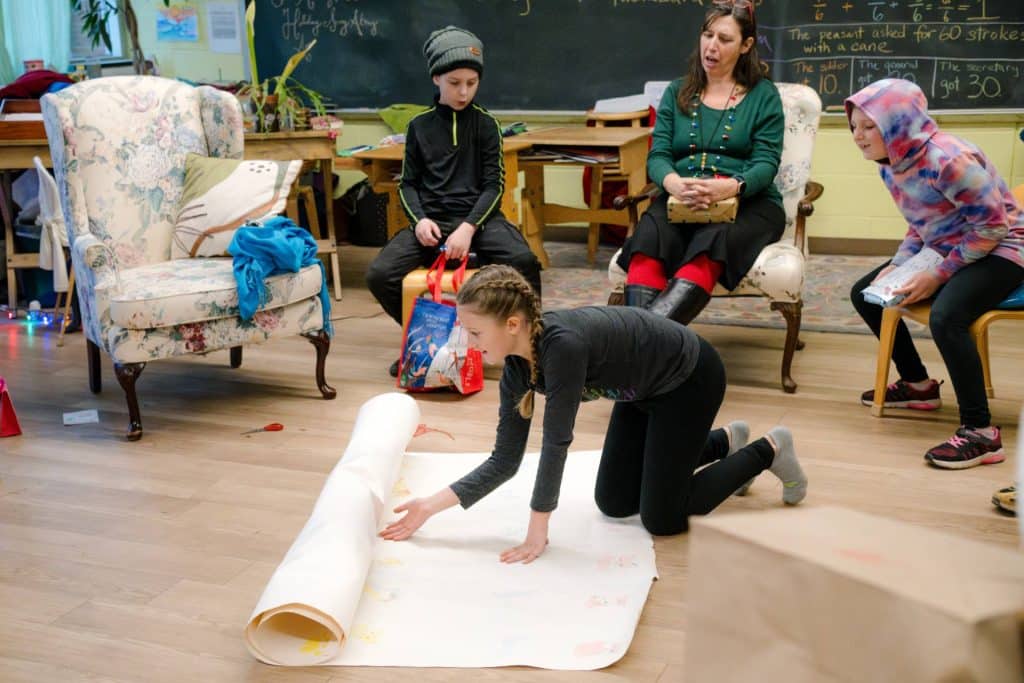
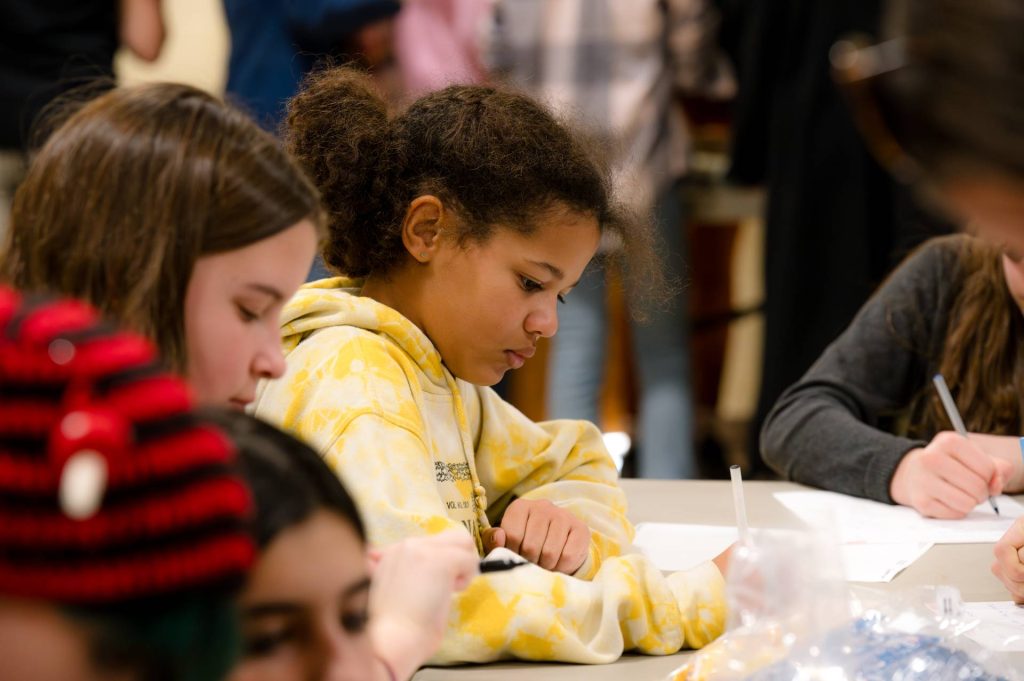
Learn More
Our Lower Grades Program
We believe that how children learn is just as important as what they learn. Children are naturally curious and want to be engaged with the world around them. River Valley Waldorf School’s approach preserves this innate love of learning while guiding the unfolding of each child’s intellectual, emotional, and social development. Through artistic, hands-on experiences and developmentally aligned instruction, we make learning meaningful, memorable, and relevant.
Concepts are introduced at the moment students are truly ready to understand and engage with them, ensuring a deeper, lasting connection to content. Children are encouraged to ask questions, take risks, and explore ideas. The result is a community of confident, compassionate, and inspired learners ready not only for academic success but for life.
For the grade school child, the day begins with Morning Lesson, a two hour period of time where a particular topic is studied for a block of three to four weeks. Whether the morning lesson is math, language arts, science, geography or history, the academic learning is strengthened by both an artistic and an active/practical component. An interdisciplinary, hands-on approach to learning is fundamental to the grade school experience. Intentional work with movement also supports children in sensory development, solidifying the foundation for learning.
Practical experiences keep children engaged in the learning process and encourage problem solving, independence and strong executive functioning. In all grades the children create their own morning lesson books that demonstrate, through writing and drawings, what they are learning. From arithmetic in first grade to fables and golden legends in second grade, local geography and fractions in fourth grade, through botany and the Greek myths in fifth – students create their own portfolio of learning called main lesson books. Student lesson books are filled with essays, descriptions, drawings, and mathematical concepts that are creative, accurate, and done with beauty and care. These books become a treasure for many families, a beautiful record of their child’s process of learning through the grades.
The class teacher is another unique aspect to Waldorf education. The class teacher stays with their class from one year to the next, the children benefiting from the security of developing deep and trusting long-term relationships, allowing confidence to be built and social and emotional skills deepened. Given the increased need for specialization in the middle school years, grades 6th-8th are taught using a more collaborative, team approach; the class teacher being part of that team.
A Day In the Life of a Lower Grades Student
- 8:00-8:20 Morning recess on the back playground
- 8:30–10:15 Main Lesson (local geography and history, with Lenape legends and mapmaking)
- 10:15-10:45 Snack and recess
- 10:50-11:30 Handwork / Woodwork
- 11:35-12:15 Math skills
- 12:15-1:00 Lunch and recess
- 1:05-1:45 Music / Reading and Rest
- 1:50-2:30 LA skills
- 2:35-3:15 Art / Movement
- 2:35-3:15 Cleaning, Closing Verse, and Dismissal

First Grade
In first grade children still have just as much energy as they did in early childhood, so it is vital that the teacher engage this lively bunch with creativity and activity in all lessons!
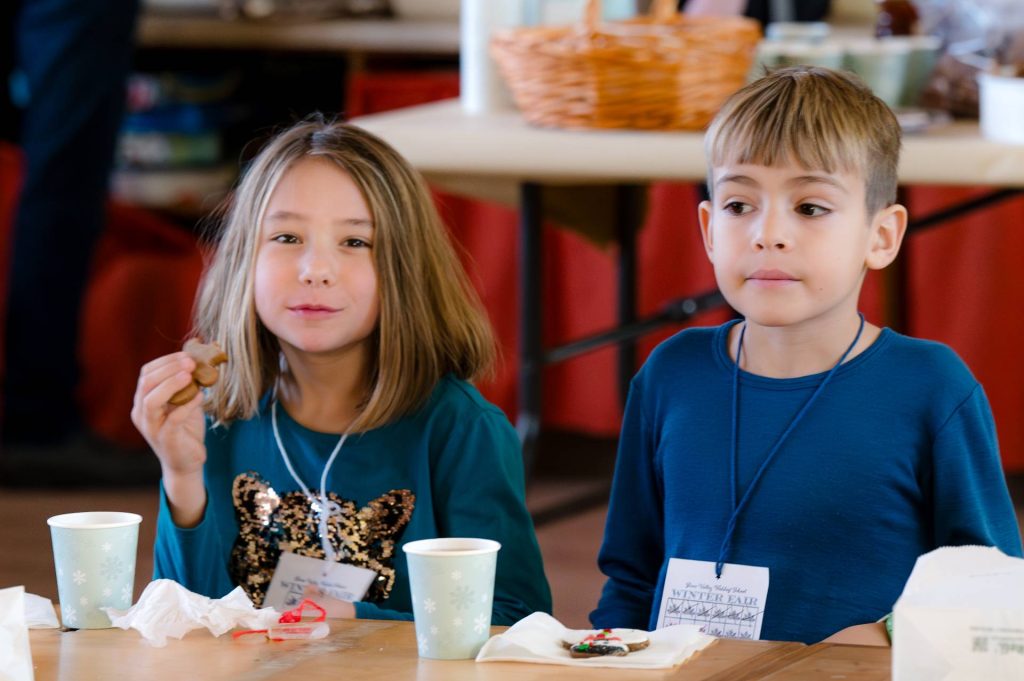
The groundwork is laid for increasingly complex handwriting skills and drawings with form drawing. Letters are initially introduced imaginatively through pictures, with verses, poems and games reinforcing letter-sound correspondence. As the school year progresses, fairy tales, folk tales and nature stories are told, recalled, discussed and dramatized—honing memory, comprehension and language skills.
Immersive story and language experiences are augmented by phonics instruction. Stories are recorded in main lesson books, allowing children to learn to read from treasured records of their own writing. Numeracy and mathematics are introduced through living pictures and hands-on exploration.
Mathematics comes alive through movement and singing, poem recitation, clapping, and rhythm. In the early grades, science is taught through direct experience through nature observation, the creation of pictorial journals, and classroom discussion.
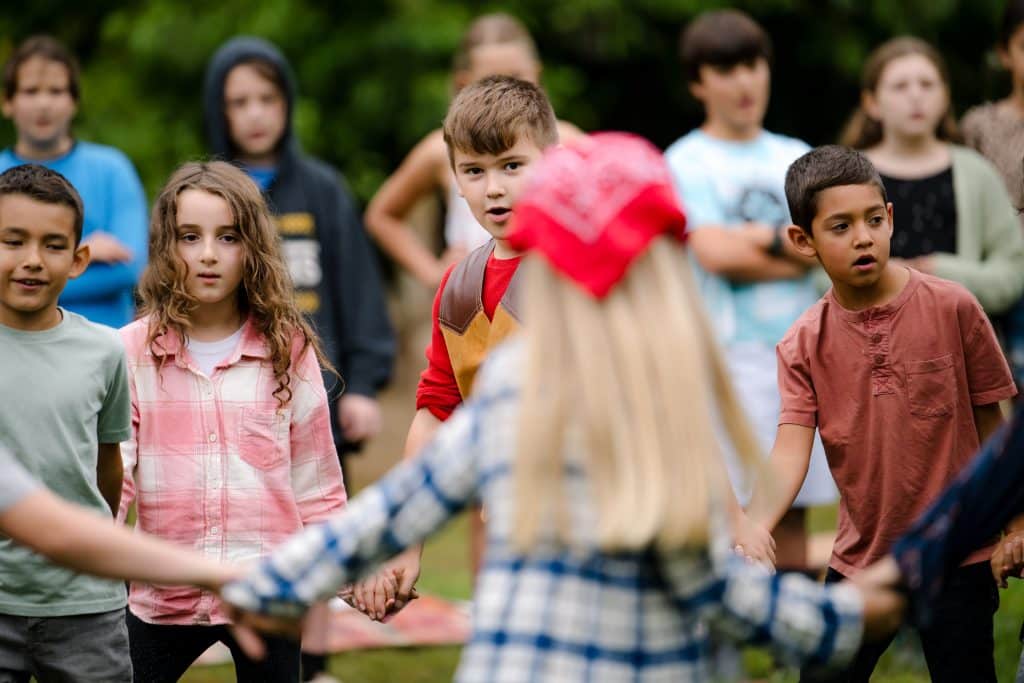
First Grade Faculty

Radiance (Ray) Petro
Grade 1 Class Teacher
“My passion regarding Waldorf education can be summed up in three quotes by Rudolf Steiner:
‘Keep the imagination alive.’
‘We must work...
Second Grade
As children move into second grade, they begin to see the world with new awareness becoming more attuned to differences in themselves and others.

The curriculum meets this stage of development with a rich tapestry of animal fables and stories of inspiring individuals who have made meaningful contributions to humanity. These narratives not only affirm the diversity of human character but also offer hopeful examples of how our strengths can be used in service of others, gently guiding children toward empathy, self-awareness, and moral development.
In language arts, growing reading skills are supported through both shared and independent reading while writing becomes more independent and expressive.
In mathematics, students explore place value and work confidently with numbers into the hundreds and thousands. The times tables from 1 to 12 are thoroughly introduced and practiced, and students deepen their understanding of number relationships through hands-on exploration, movement, and rhythmic practice that make learning both engaging and meaningful.

Second Grade Faculty
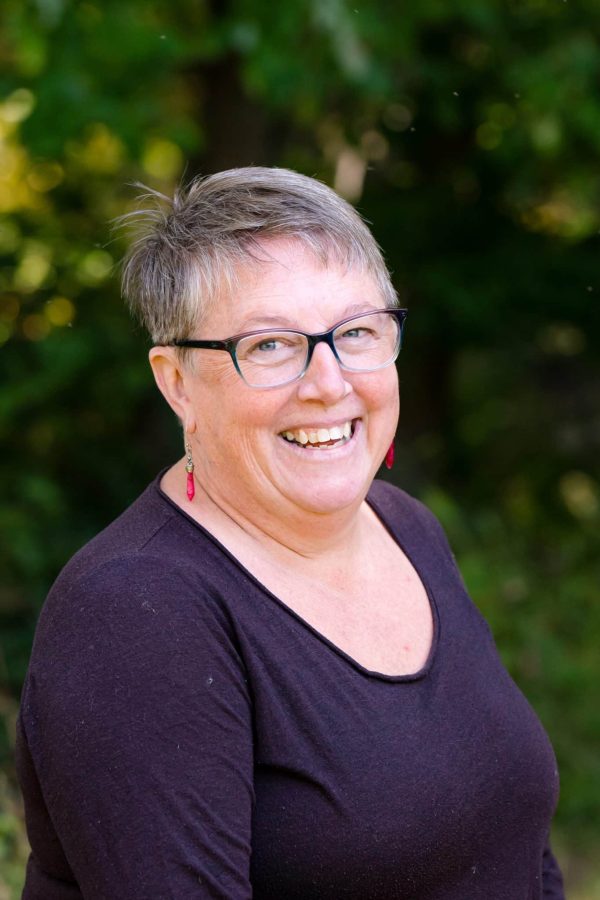
Molly MacDonald
Grades 2 & 3 Class Teacher
“I love how each teacher strives to meet the children in front of them. Each class and group of children has its...
Third Grade
Third grade marks a pivotal transition as children begin to move out of imaginative play and become more grounded, alert, and aware of the world around them.
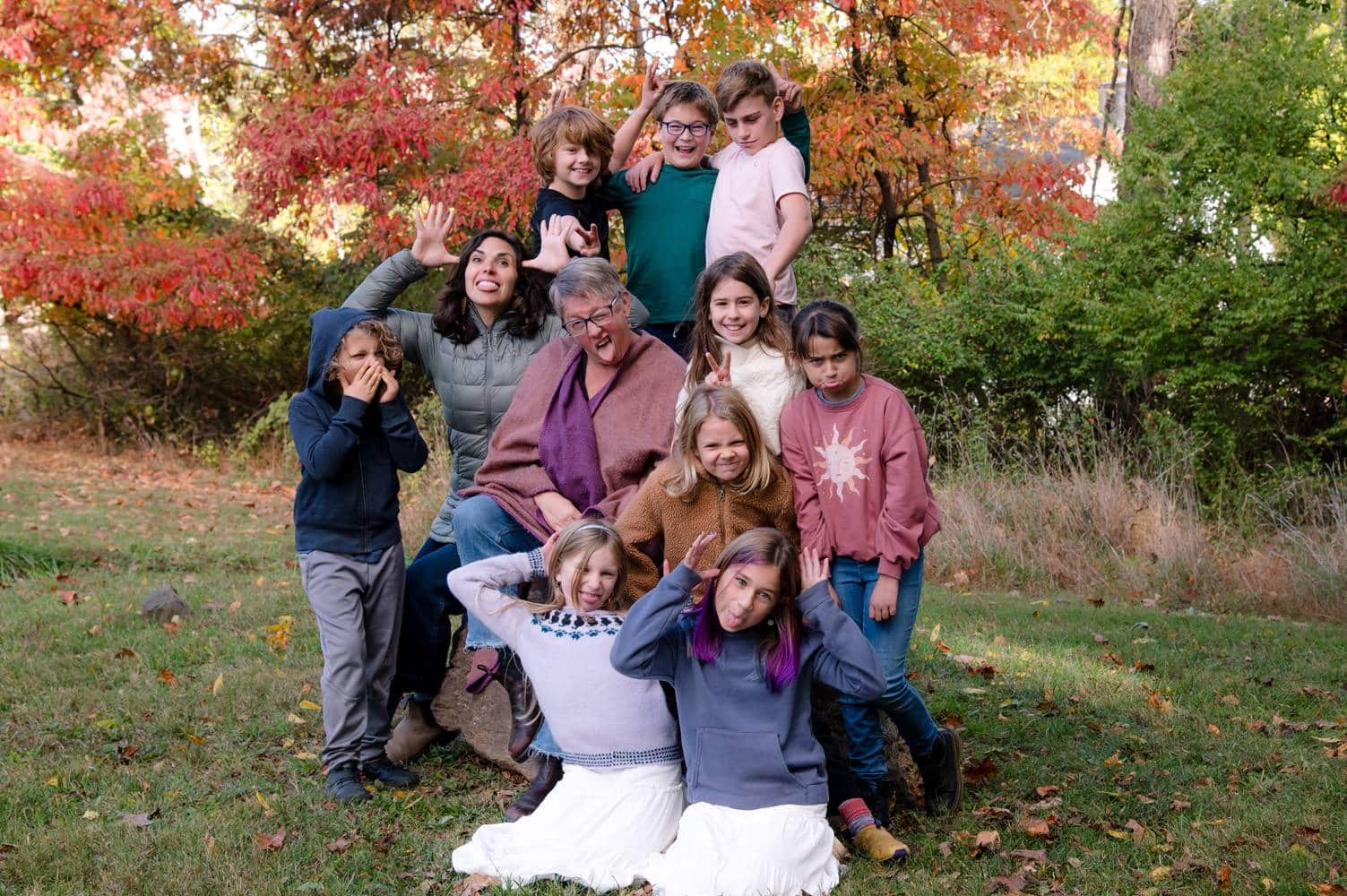
They often start questioning authority, seeking independence, and exploring their own identity. The curriculum meets this shift with stories from the Hebrew Bible, offering rich opportunities to explore moral questions and the full range of human behavior, launching a six-year journey through the beliefs and histories of world cultures.
This year also brings a blossoming of literacy, with growing confidence in spelling, grammar, composition, and a deepening love of reading. Main lesson blocks include Lenape legends, housing, farming, gardening, building, and clothing giving students a hands-on understanding of how humans meet their fundamental needs. In math, foundational skills are reinforced while students engage in real-world concepts like time, measurement, and money, gaining fluency with the four processes and place value.
A beloved rite of passage, the third grade farm trip to Hawthorne Valley Farm, gives students a week of living and working on a biodynamic farm, caring for animals, cooking meals, milking cows, and stepping confidently into a new stage of growth and independence.
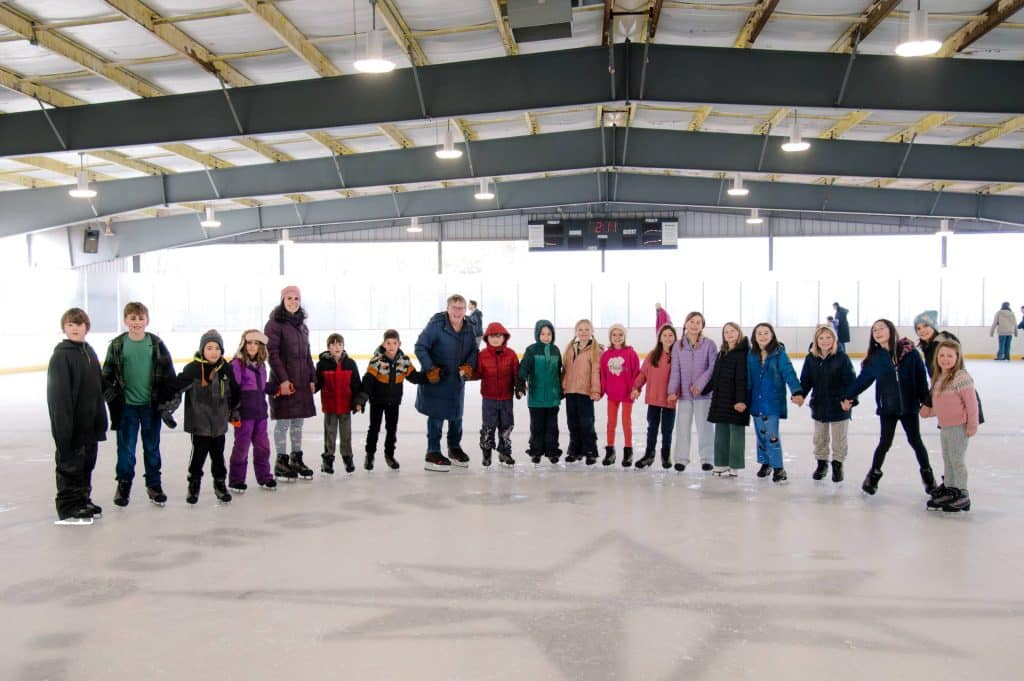
Third Grade Faculty

Molly MacDonald
Grades 2 & 3 Class Teacher
“I love how each teacher strives to meet the children in front of them. Each class and group of children has its...
Fourth Grade
Fourth grade brings a confident shift, children often feel and seem ‘larger than life’ and crave deeper connection to the world.
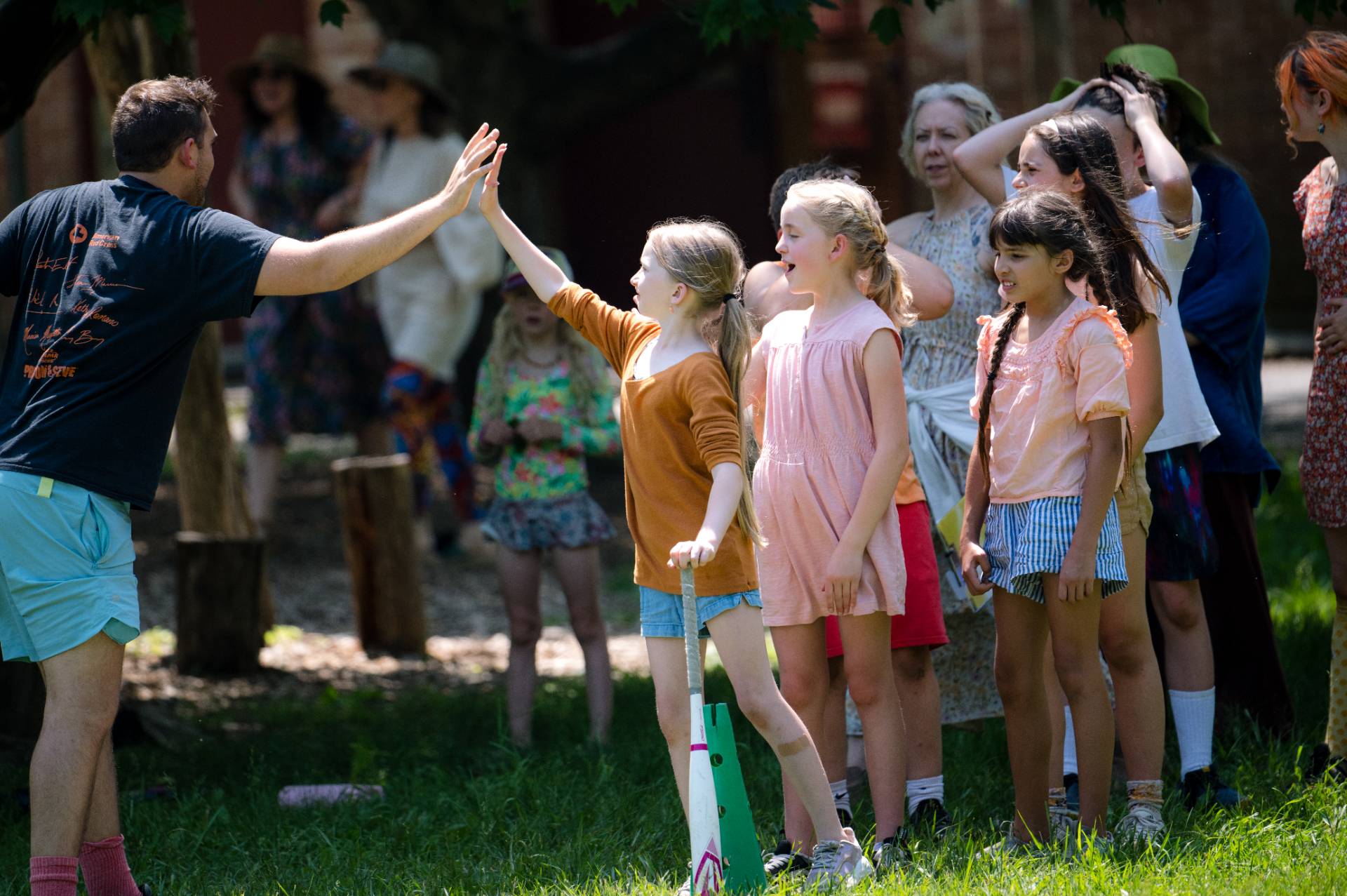
To meet this, River Valley weaves epic Norse and/or Yoruba myths of dynamic, relatable gods and goddesses into language arts. These powerful stories speak directly to their burgeoning sense of identity and moral awareness.
At the same time, our science curriculum centers on a rich animal block which includes a Zoology project where children study an animal of their choice, researching its adaptations, habitat, and behaviors, then creatively represent it through drawing, modeling, writing, and presenting to the school. This immersive study hones keen observation and scientific thinking, teaching students to compare human and animal forms as they deepen their empathy and ecological awareness.
Geography begins to expand beyond the classroom, guiding students through maps of their local school grounds, neighborhood, and region, building foundational spatial thinking that grows year after year. In mathematics, the core operations evolve: students confidently tackle multi-digit multiplication, division, measurement, and fractions, while language arts includes structured growth in grammar, writing, and independent reading.
By fourth grade, students are eager for extended focus, creative expression, and meaningful academic ownership, as they step fully into this vibrant stage of learning.
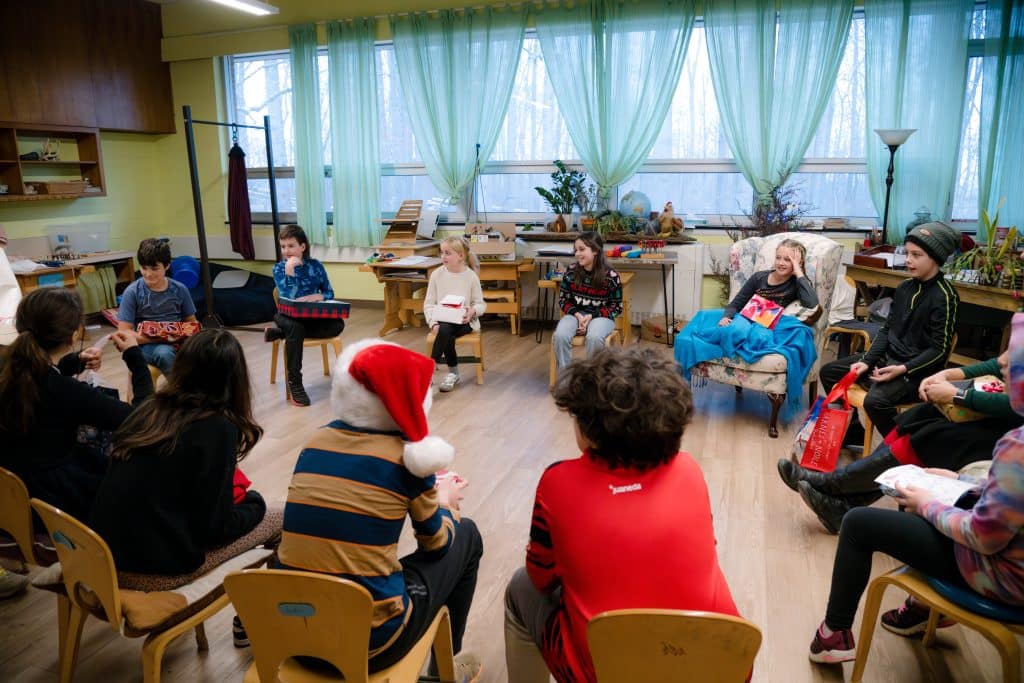
Fourth Grade Faculty
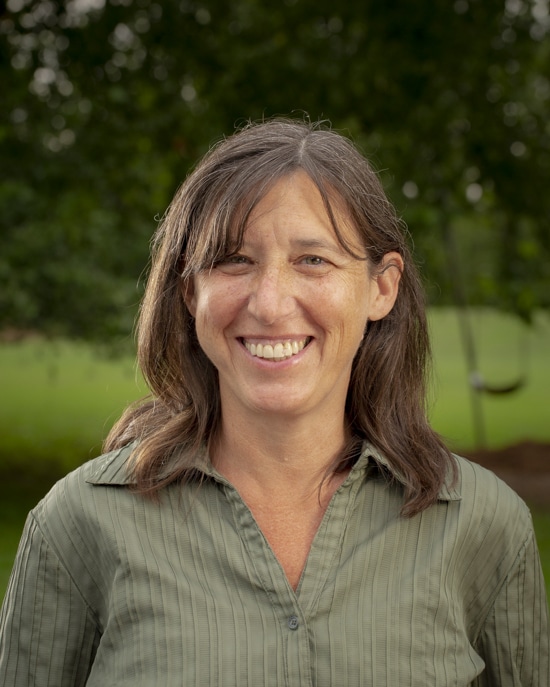
Melanie Niemczura
Grades 4 & 5 Class Teacher
“Be gentle with yourself. You are a child of the universe no less than the trees and the stars.” ~ Max Ehrmann
Fifth Grade
Fifth grade is often called the “golden year” in Waldorf education, a time when children are socially, emotionally, and intellectually balanced, full of enthusiasm, and ready to take on greater independence in their learning.

With adolescence still on the horizon, fifth graders are curious, focused, and eager for new challenges, making it a peak moment for both creative expression and academic growth.
The year is rich with cultural exploration, beginning with the ancient civilizations of India, Persia, Mesopotamia, and Egypt, and culminating in an in-depth study of Ancient Greece. Students are captivated by Greek mythology and history, and the year is brought to life through the much-anticipated Greek Pentathlon, a regional gathering where students train for and participate in events modeled after the original games, celebrating strength, grace, and sportsmanship.
In science, students embark on a journey through the plant and fungi kingdoms, studying fungi and mosses to flowering plants, deepening their understanding of the natural world through observation and drawing. Geography widens to include the landscapes, waterways, and cultures of North America, while mathematics continues to build fluency with fractions, introduces decimals and the metric system, and includes a block on freehand geometry, bridging the artistic and the mathematical in preparation for more formal geometry work in middle school.
Fifth grade beautifully balances the wonder of childhood with a growing sense of responsibility and confidence, laying strong roots for the middle school years ahead.

Fifth Grade Faculty

Melanie Niemczura
Grades 4 & 5 Class Teacher
“Be gentle with yourself. You are a child of the universe no less than the trees and the stars.” ~ Max Ehrmann
